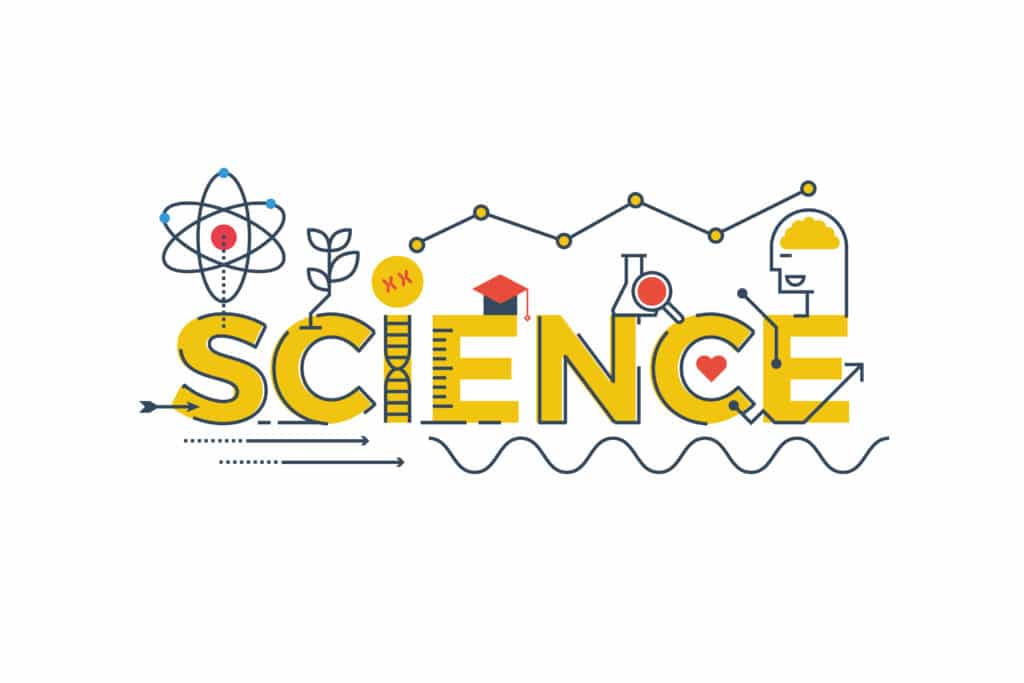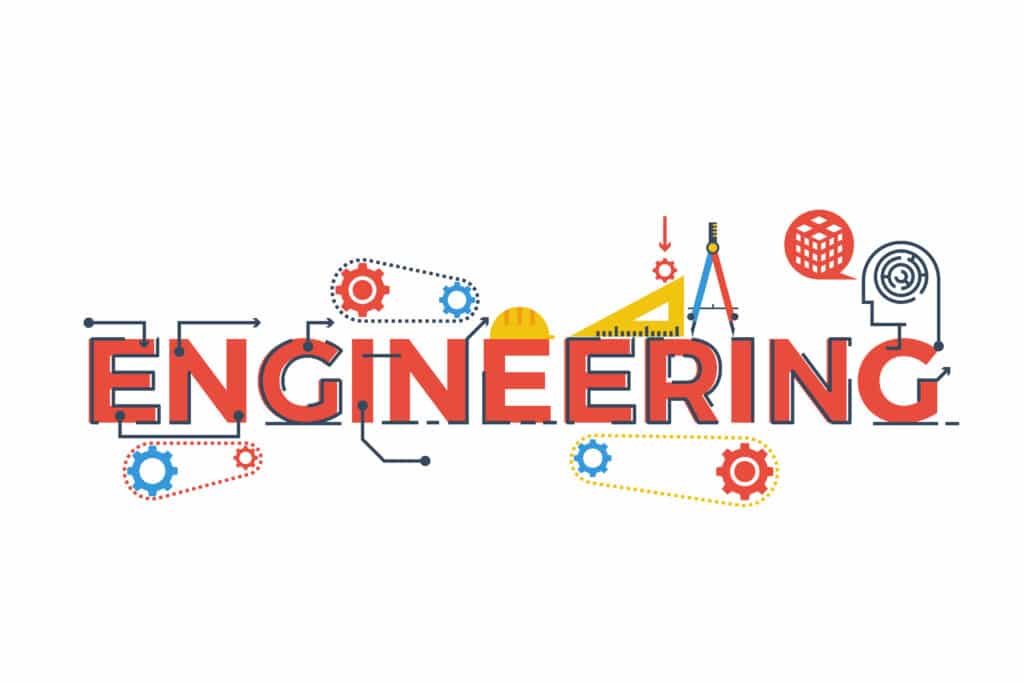The Essence of STEM Education
Understanding the fundamental aspects of STEM education is crucial for recognizing its value and impact on students’ learning experiences.
Interdisciplinary and Applied Learning
STEM programs dismantle barriers between traditional subjects, uniting science, technology, engineering, and mathematics. This fusion empowers students to wield their knowledge across diverse fields and tackle challenges from various perspectives.
Hands-On Experiences and Real-World Challenges
STEM’s project-based learning encourages students to explore, experiment, and apply their knowledge to tangible tasks. As they engage with hands-on experiences, students cultivate vital skills like collaboration, communication, and adaptability. Furthermore, confronting real-world issues heightens their awareness of broader implications and nurtures ethical decision-making.

Key Skills Developed through STEM Education:
STEM education offers a comprehensive approach to learning that equips students with essential skills applicable to various aspects of life.
Analytical and Critical Thinking:
STEM education encourages students to dissect complex problems, evaluate data, and develop logical solutions. These critical thinking skills are vital for making well-informed decisions and solving problems across diverse fields.
Creativity and Innovation:
STEM subjects often challenge students to think outside the box and devise innovative solutions to problems. This process helps cultivate creative thinking abilities, which are valuable in numerous personal and professional endeavors.
Problem-solving and Adaptability:
Through hands-on learning and practical applications, STEM education teaches students how to systematically approach and solve problems. Moreover, the ever-evolving nature of STEM fields demands adaptability, enabling students to adjust to new information and technologies.
Communication and Collaboration:
STEM projects frequently involve teamwork, necessitating effective communication and collaboration among team members. These skills are crucial in any work environment and contribute to building strong relationships with others.
Technical Skills and Scientific Thinking:
STEM education equips students with specific technical skills related to their chosen field, such as programming, coding, or understanding scientific principles and engineering concepts. Developing scientific thinking enables students to apply the scientific method to various situations, enhancing their problem-solving abilities.
Time Management and Organization:
STEM projects often entail deadlines and multiple tasks, requiring students to manage their time efficiently and stay organized. These skills are essential for achieving success in both personal and professional life.
Resilience and Perseverance:
STEM education frequently involves challenges and setbacks, which help students develop resilience and perseverance. These traits are crucial for overcoming obstacles and attaining long-term goals.
Ethical and Social Responsibility:
STEM education underscores the importance of ethical considerations and social responsibility in decision-making. This emphasis ensures that students remain mindful of the broader impacts of their work and strive to contribute positively to society.
Research Skills:
STEM education involves conducting research and analyzing data, helping students develop robust research skills applicable to various fields. These skills are essential for formulating well-informed decisions and solving complex problems.

The Bounty of STEM Education
STEM programs unearth a wealth of skills and opportunities for those who immerse themselves in this realm. As students navigate STEM disciplines, they gain proficiency in an array of subjects, from the natural sciences to other technology-related disciplines. By pursuing a STEM major, they secure access to a myriad of STEM jobs, bolstering the ranks of STEM workers worldwide.
The allure of a STEM career lies in its promise of growth, both personal and professional. From high school students to those pursuing a bachelor’s degree or higher, STEM education equips learners with the resources needed to excel in technical fields. As they embark on their journey, STEM students foster a deep understanding of the world around them, transforming into well-rounded individuals and valuable human resources.
STEM education transcends national borders. The international student assessment speaks to the widespread influence of STEM fields, from the biological sciences to the ever-evolving landscape of new technologies. The federal strategy and national academies recognize the critical importance of STEM, while intermediate units and general education programs emphasize its role in developing future generations. The gathering storm of innovation underscores the need for a STEM-educated populace, well-versed in the social sciences and prepared to navigate the challenges of tomorrow.
STEM Careers and Opportunities: Unlocking Potential in a High-Demand Job Market
STEM (Science, Technology, Engineering, and Mathematics) education not only equips students with essential skills but also opens up a world of opportunities in a variety of industries. With a high demand for skilled STEM professionals and a wide range of career options, pursuing a STEM education can be a rewarding decision.
High Demand for STEM Professionals in Various Industries
STEM fields are experiencing rapid growth, fueled by advancements in technology and the need to solve complex societal problems. As a result, there is a high demand for qualified candidates with STEM degrees and skills. According to the U.S. Bureau of Labor Statistics, STEM occupations are projected to grow at a faster rate than other fields, creating numerous job opportunities for STEM professionals. Industries such as life sciences, computer science, data science, and engineering are especially in need of skilled workers.
Wide Range of STEM Careers
STEM education prepares students for a diverse array of careers, including those in life sciences, physical sciences, computer science, and data science. Popular STEM careers encompass roles such as software developers, data analysts, engineers, research scientists, and biotechnologists. These careers often involve interdisciplinary and applied approaches, allowing professionals to make significant contributions to their fields and address real-world challenges. In addition, STEM teachers play a crucial role in educating students and nurturing future STEM professionals.
Attractive Earning Potential and Job Growth Prospects in STEM Occupations
STEM occupations often offer attractive earning potential and job growth prospects. A STEM degree can lead to higher average salaries compared to other fields, making it a worthwhile investment for students seeking rewarding and financially stable careers. Furthermore, the ongoing demand for STEM professionals ensures a promising job market, offering increased job security and opportunities for advancement.
By pursuing a STEM education, students can develop the skills and knowledge necessary to excel in high-demand, high-growth careers. Programs such as the Smithsonian Science Education Center and federal strategies like America’s Strategy for STEM Education aim to advance STEM education and increase access to resources for students at all levels. As STEM fields continue to evolve and impact various aspects of society, investing in a STEM education can be a valuable decision for both personal and professional growth.

STEM Programs and Resources: A World of Exploration
Smithsonian Science Education Center and Other Notable STEM Organizations
In the realm of science, technology, engineering, and mathematics, the Smithsonian Science Education Center stands as a beacon of knowledge. This institution, along with other notable STEM organizations, offers a wealth of resources to educate students and foster a passion for learning. STEM professionals and educators collaborate to create immersive experiences that challenge and inspire young minds.
Access to STEM Programs in K-12 Education, Higher Education, and Online Platforms
The quest for knowledge extends beyond the walls of traditional classrooms. Today’s students can access a plethora of STEM programs in K-12 education, higher education, and online platforms. These opportunities allow learners of all ages to immerse themselves in the disciplines of science, technology, engineering, and mathematics. Whether through hands-on activities or virtual classrooms, students can explore their curiosity and develop the critical skills needed to thrive in an ever-changing world.
Federal Strategies and Initiatives to Advance STEM Education and Workforce Development
A strong foundation in STEM education is vital to the progress of society. Recognizing this truth, federal strategies and initiatives have been implemented to advance STEM education and workforce development. By investing in the future of our students and providing opportunities for growth, America paves the way for a more prosperous and innovative tomorrow.
In this pursuit, the government enacts policies that promote STEM learning at all levels, from primary schools to postsecondary education. These efforts ensure that the next generation of problem solvers and critical thinkers is well-prepared to tackle the challenges that lie ahead.
The Societal Progress Driven by STEM Education
Advancements in Technology and Research through STEM Professionals
The force of STEM education propels the minds of students, guiding them into the realms of science, technology, engineering, and mathematics. These fields, once daunting and obscure, now attract eager minds driven by passion and curiosity. The accomplishments of STEM professionals ripple through society, leaving a lasting impact on technology and research. With each novel discovery or invention, the horizon of human knowledge expands, unveiling new possibilities and solutions to societal problems.
Addressing Global Challenges and Fostering Sustainable Development
The world is a complex place, riddled with challenges that demand innovative solutions. STEM education arms the minds of young people, equipping them to combat these obstacles with intelligence and determination. From addressing climate change to promoting sustainable development, the interdisciplinary and applied approach of STEM programs instills within students the skills necessary to tackle real-world problems. They learn to think critically, to assess situations from multiple perspectives, and to devise strategies that benefit humanity at large.
STEM Literacy and Informed Decision-Making
Beyond the confines of laboratories and classrooms, STEM literacy extends its influence to everyday life. The knowledge gleaned from STEM programs empowers individuals to make informed decisions, enabling them to navigate the complexities of modern life with ease. By understanding the principles that govern the world around them, they gain a newfound appreciation for the interconnectedness of all things. This awareness, bolstered by a strong foundation in science, technology, engineering, and mathematics, cultivates engaged citizens who can contribute meaningfully to the betterment of society.
The impact of STEM education on societal progress is undeniable. As new generations of students embrace the challenge of mastering these fields, they will continue to drive humanity forward, solving problems and enriching the world with their discoveries. It is through the pursuit of STEM knowledge that we can hope to overcome the challenges that lie ahead and ensure a brighter future for all.
Encouraging Participation in STEM Education:
Engaging Underrepresented Groups in STEM Fields
The vast expanse of STEM offers boundless opportunities for growth and achievement. Yet, not all have equal access to these fields, and the landscape remains marred by disparity. To bridge this gap, deliberate efforts must be made to engage underrepresented groups in STEM fields. Strategies such as targeted outreach programs, scholarships, and mentorship opportunities can help ignite interest and encourage participation in science, technology, engineering, and mathematics. By ensuring equitable access, we can harness the full potential of our collective intellect and promote a more inclusive future.
The Role of Parents, Educators, and Policymakers in Promoting STEM Education
The journey of a thousand miles begins with a single step, and the same holds true for the pursuit of STEM education. Parents, educators, and policymakers form the backbone of this journey, guiding students through the labyrinth of learning. Their unwavering support and encouragement can kindle a passion for STEM subjects and cultivate a generation of innovative thinkers. By providing resources, fostering curiosity, and championing the importance of STEM education, they can help steer students towards fulfilling careers in these vital fields.
Mentorship and Support from STEM Professionals
The path to mastery in STEM is often arduous, fraught with challenges that can test the resolve of even the most determined student. In these moments of doubt, mentorship from seasoned STEM professionals can make all the difference. By sharing their experiences, wisdom, and guidance, they can illuminate the road ahead and offer invaluable support. These mentors serve not only as beacons of inspiration but also as tangible proof that success is attainable. Through their steadfast encouragement, they can help nurture the next generation of STEM leaders.
In the grand tapestry of human progress, STEM education occupies a position of great importance. By embracing inclusivity and fostering a culture of support, we can ensure that the benefits of STEM are shared by all. It is through the collective efforts of parents, educators, policymakers, and STEM professionals that we can nurture a brighter, more equitable future for generations to come.

Conclusion
STEM education plays a vital role in preparing students for success in an increasingly technology-driven world. By nurturing a wide range of skills and promoting interdisciplinary learning, STEM programs empower students to tackle complex challenges and contribute to societal progress. As STEM fields continue to expand and evolve, it is essential for individuals to embrace and engage in STEM education to stay competitive, innovative, and adaptable in their personal and professional lives.
Case Study
KAIA case study | Helping productize MIT’s advanced AI and robotics that teaches children to read.

References
- National Academy of Sciences (NAS): Rising Above the Gathering Storm: Energizing and Employing America for a Brighter Economic Future https://www.nap.edu/catalog/11463/rising-above-the-gathering-storm-energizing-and-employing-america-for
- National Center for Education Statistics (NCES): Science, Technology, Engineering, and Mathematics (STEM) Education Data https://nces.ed.gov/fastfacts/display.asp?id=89
- Smithsonian Science Education Center (SSEC): Smithsonian Science for the Classroom URL: https://ssec.si.edu/smithsonian-science-classroom
- National Aeronautics and Space Administration (NASA): STEM Engagement URL: https://www.nasa.gov/stem






